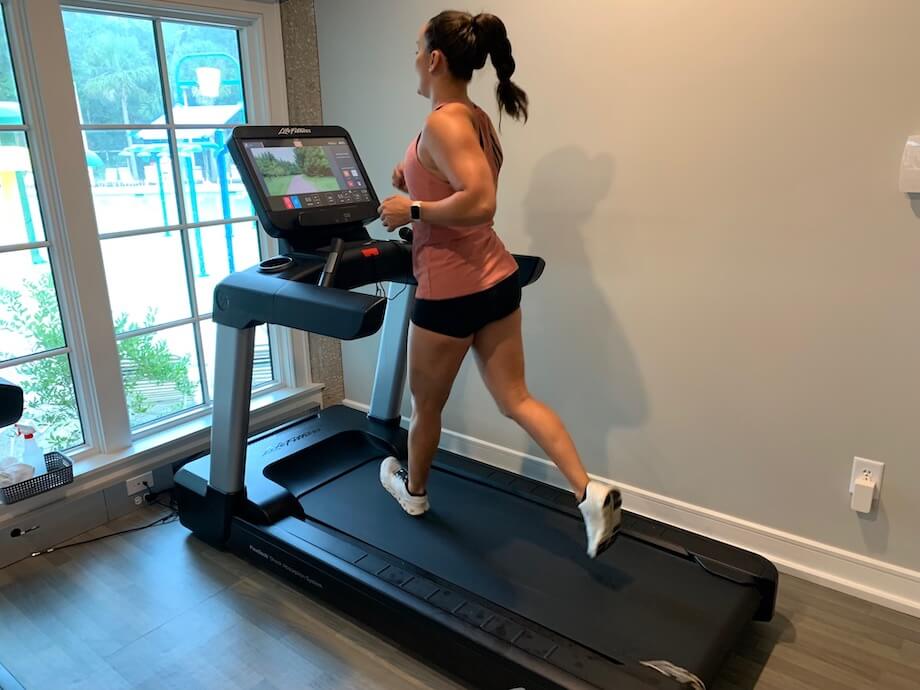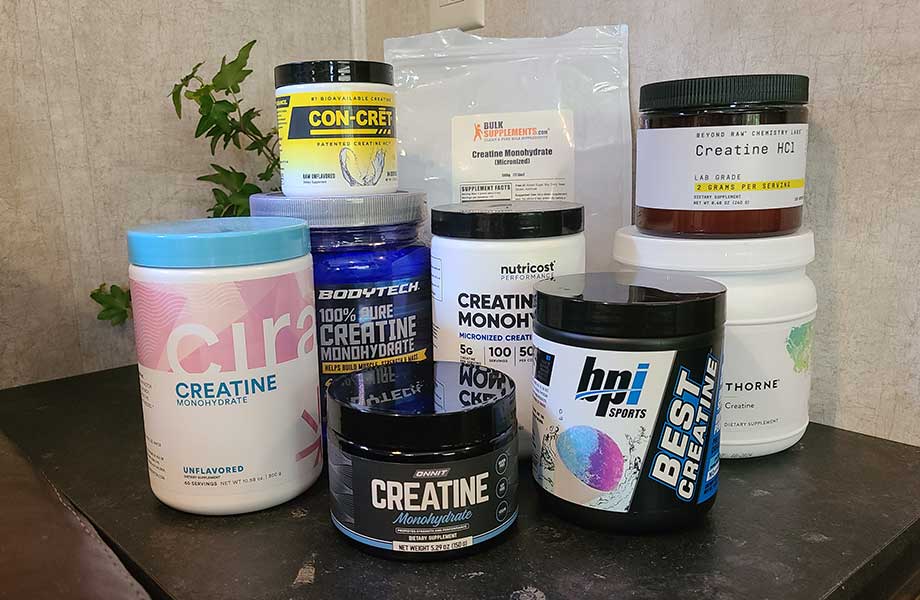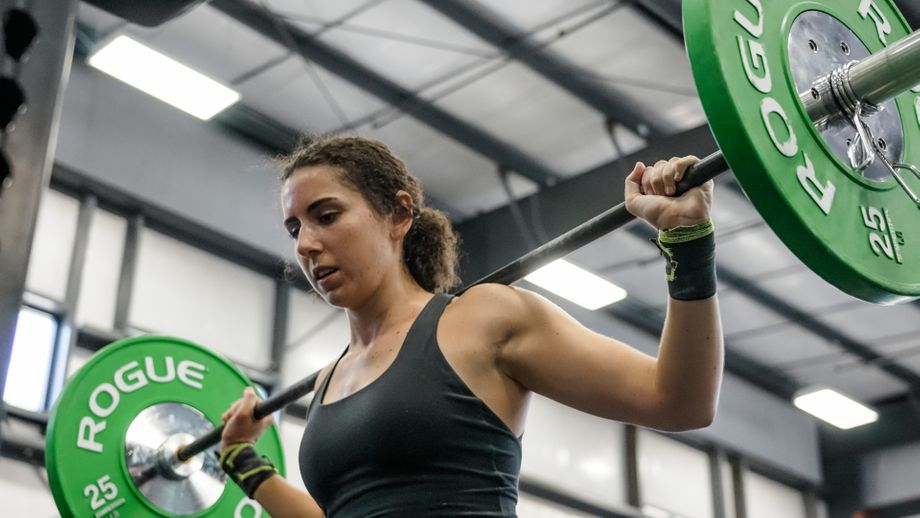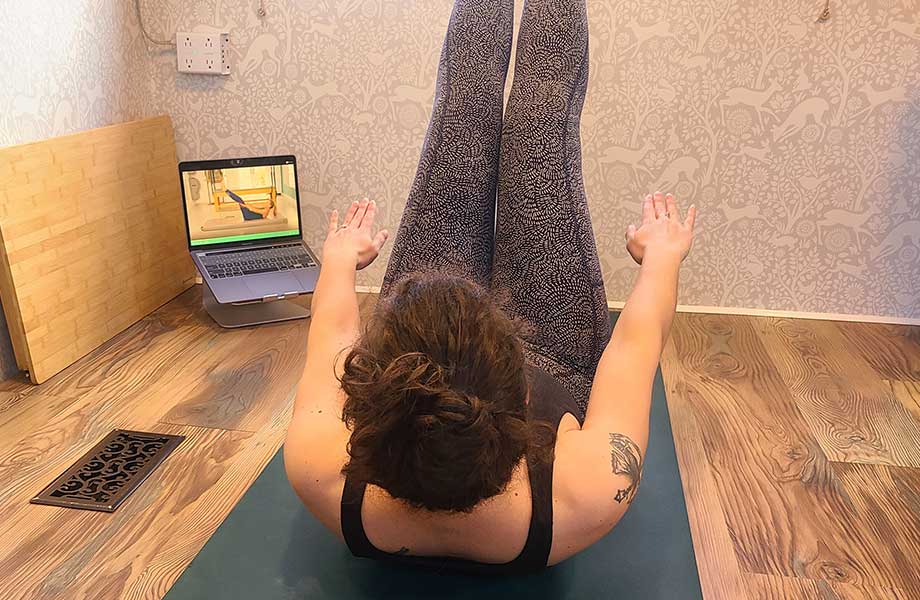Your cardiovascular system is your heart, lungs, and blood vessels. Cardiovascular fitness refers to the cardiovascular system’s ability to supply oxygen to working muscles via the bloodstream as well as the ability of your muscles to use this oxygenated blood supply as a source of energy for movement.
The more efficient or “fit” your cardiorespiratory system is, the better your ability to recover from activity as well as improve your overall physical capacity to do activities like running, bicycling, jumping rope, yard work, or any other kind of movement.
Here, we’ll go into what cardiovascular fitness means for your health, how to test for it, and four tips to incorporate into your training program if you want to improve it.
Ready to get your sweat on? Then let’s strap on the shoes, and let’s go.
What Does Cardiovascular Fitness Mean For Your Health?
Some people use cardio as a punishment for what they ate last night. All that good food has to burn somehow, right?
Well, that is one way to look at it, but we prefer the tremendous life-saving and extending benefits of having a good level of fitness. After all, having low levels of cardiovascular fitness has serious implications, including obesity and heart disease. Here are a few essential physical and mental benefits of having good cardiovascular fitness.
Reduces Cardiovascular Disease Risk
Having a decent cardio fitness level means your good cholesterol (HDL) is higher, which helps improve your blood pressure levels by reducing high blood pressure (hypertension) and thus lowering the chances of your arteries getting blocked.
What does this mean for you? You’re less likely to have a heart attack, and this 2009 meta-analysis1 backs this up. Researchers found that people who engaged in cardiovascular activity for 30 minutes five days a week reduced their risk of heart disease by 19%.
Improves Mental Health
Improving your cardiovascular health helps reduce mild to moderate depression2, dementia3, and anxiety and even reduces cognitive4 function issues in schizophrenia. Having decent cardiovascular fitness directly affects the brain and physical health. Regular cardio increases the volume of specific brain regions, particularly the hippocampus, through better blood supply that improves overall brain health5.
Improved Recovery
Improving your aerobic system by engaging in regular endurance exercise training improves blood flow and your body’s ability to carry away waste products of regular exercise like lactic acid. Improving your cardiovascular system’s ability to bring healing blood flow to muscles damaged from resistance training can improve your recovery after a challenging workout.
Stronger Bones
Bones are living tissues that remodel throughout your life. During childhood and teenage years, your body adds new bone faster than it removes old bone. But after age 20, you may lose bone more quickly than you make bone. One of the best things you can do is a weight-bearing cardiovascular exercise like walking.
When muscles contract against resistance or gravity when engaging in physical activity, the muscle tendons pull on the bones to kick-start the remodeling process. This is known as Wolff’s law, which is a “use-it-or-lose-it” thing.
How to Test Your Cardio Fitness
Testing your cardio fitness provides a valuable baseline for measuring your progress. It can be motivating to see where you currently stack up, and re-testing and knowing you have improved lets you know your training is moving in the right direction.
Here are a few ways to measure your cardiovascular fitness.
VO2 Max Test
Your VO2 max measures the maximum amount of oxygen consumption your body has during exercise. Testing for this typically requires specialized equipment, but now, with the rise in online calculators, there are ways to do it at home:
- 12-minute Cooper Run Test: Run as far as you can in 12 minutes, and use an online calculator to figure out your VO2 max.
- Concept 2 Rower 2000-meter Test: Set the rowing distance to 2000 meters. Row as fast as possible to complete and record your time and plug this into the Concept 2 calculator. Note– you will want to check the “drag factor” first and check that it is between 110-130, depending on your weight. Here is a video on how to set it.
Be sure to warm up and cool down before and after these tests.
VO2 Max Calculator
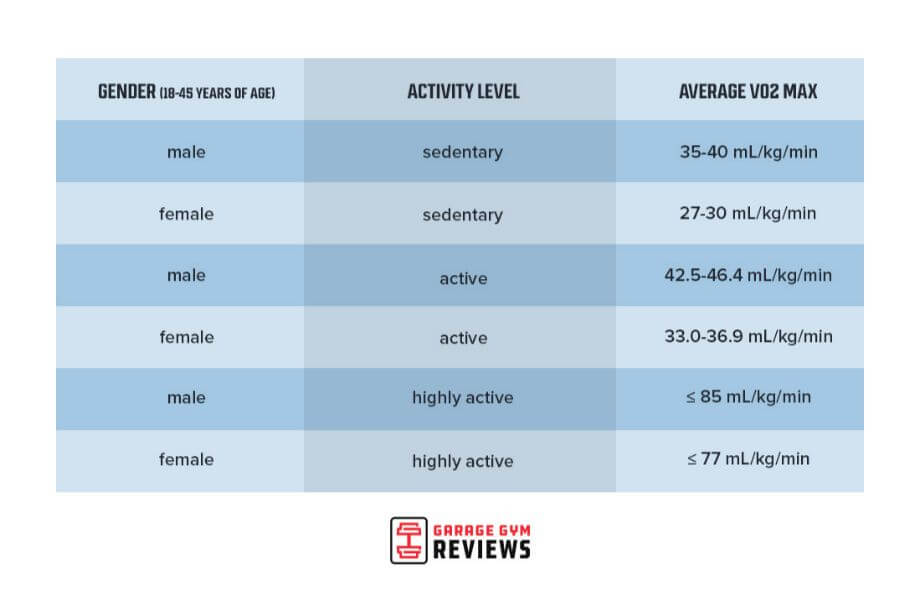
The 3-Minute Step Test
The 3-minute step test is one of the simplest ways to measure cardiovascular fitness. You will need a 12-inch step and a metronome, stopwatch, or metronome app on your cell phone.
Set a timer for 3 minutes. Step up and down the 12-inch step to the metronome beat for the full 3 minutes. Then immediately measure your heart rate for 1 minute, counting each heartbeat. Or, use a heart rate monitor or app to check your heart rate and check the charts below for your cardiovascular rating.
3-Minute Step Test Score for Women Based on Age
| 18-25 | 26-35 | 36-45 | 46-55 | 56-65 | 65+ | |
| Excellent | 52-81 | 58-80 | 51-84 | 63-91 | 60-92 | 70-92 |
| Good | 85-93 | 85-92 | 89-96 | 95-101 | 97-103 | 96-101 |
| Above Average | 96-102 | 95-101 | 100-104 | 104-110 | 106-111 | 104-111 |
| Average | 104-110 | 104-110 | 107-112 | 113-118 | 116-121 | 116-121 |
| Below Average | 113-120 | 113-119 | 115-120 | 120-124 | 119-127 | 123-126 |
| Poor | 122-131 | 122-129 | 124-132 | 126-132 | 129-135 | 128-133 |
| Very Poor | 135-169 | 134-171 | 137-169 | 137-171 | 141-174 | 135-155 |
3-MInute Step Test Ratings for Men Based on Age
| 18-25 | 26-35 | 36-45 | 46-55 | 56-65 | 65+ | |
| Excellent | 50-76 | 51-76 | 49-76 | 56-82 | 60-77 | 59-81 |
| Good | 79-84 | 79-85 | 80-88 | 97-93 | 86-94 | 87-92 |
| Above Average | 88-93 | 88-94 | 88-95 | 95-101 | 97-100 | 94-102 |
| Average | 95-100 | 96-102 | 100-105 | 103-111 | 103-109 | 104-110 |
| Below Average | 102-107 | 104-110 | 108-113 | 113-119 | 111-117 | 114-118 |
| Poor | 111-119 | 114-121 | 116-124 | 121-126 | 119-128 | 121-126 |
| Very Poor | 124-157 | 126-161 | 130-163 | 131-159 | 131-154 | 130-151 |
The Rockport Walk Test
The Rockport Walk Test is even more straightforward and the one you should start with if you have never measured your cardiovascular fitness before. To perform this test, warm up and walk a mile as fast as possible, either on the treadmill or outside. Then record your heart rate and time and plug your results into a Rockport 1-mile walk calculator.
If you don’t perform this test on a treadmill, do it on a track to know how far you have gone or use a distance app on your cell phone.
4 Tips to Improve Your Cardiovascular Fitness
Improving your aerobic fitness and physical fitness, in general, chiefly comes down to simply doing it on a regular basis. Consistency is the secret sauce for improving your cardiovascular fitness and health.
Beyond that, here are a few tricks to give your cardiorespiratory fitness a boost.
1. Pick A Rhythmic Activity
If you’re looking to just improve your cardio fitness, then opting for a “rhythmic” activity is superior to lifting weights faster or doing circuits. This tip comes from Michael Nelson, Ph.D, a Carrick Institute Associate professor, who says metabolic training is a different adaptation and does not improve your cardiovascular fitness as you think.
Nelson suggests any full-body exercise to do as rhythmic cardio, like rowing, running, biking, or skiing. Why?“You want to exercise the cardiac system primarily, not the muscular system, as you are looking for a different adaptation from lifting under higher pressure,” says Nelson. In other words, to get better at cardio, do cardio.
2. Start With Steady-State Training
Steady-state cardio involves any rhythmic aerobic activity that uses your lower and upper body at a moderate pace for 10 to 60 minutes or more. You will build cardiovascular endurance while staying with a moderate intensity you can handle. This typically looks like riding a bike or going for a walk at the same pace over a period of time.
If you’re new to fitness, start with something you can do for as little as 10 minutes, like walking. Add a minute each time you do a steady-state cardio session until 30 minutes. Once you can do that, start working on more challenging intensity levels.
The American Heart Association recommends 150 minutes of moderate cardio exercise each week.
3. Layer In Interval Training
Intervals involve going fast, backing off to recover, and repeating for several rounds. This could be aerobic intervals of 2 to 3 minutes or high-intensity interval training intervals lasting from 10 seconds to a minute. Interval training builds cardiovascular endurance faster than steady-state training, especially if you exert yourself above your comfort zone and are breathing hard.
4. Make It Fun
As a certified personal trainer, I sense what you are thinking. “Cardio is not fun and seems more like a punishment than a reward!”
But given all the health benefits listed above, it is almost essential to find a cardio mode you find at least exciting and maybe even fun. Fun will lead to consistency, and this will lead to better results.
Michelle Segar, the author of No Sweat, says enjoyment is the best motivator for exercise. “Logic doesn’t motivate us; emotions do,” says Segar. People who exercise for enjoyment stick with it more than those who do it for well-being reasons alone.
Cardiovascular Fitness: Final Thoughts
Cardio is a type of exercise thought of as a punishment or something you must do. But with all the physical, mental, and heart health benefits of improving your cardiovascular fitness, it’s something you should make a regular part of your exercise program.
Bonus points if you enjoy your cardio mode, because enjoyment will lead to consistency. Pick any rhythmic activity you like or tolerate most, and know you’re doing good for your body and mind. If this doesn’t work, remind yourself of all the calories you are burning, and you’re reducing your heart disease risk factors.
Cardiovascular Fitness: Q&A
What does cardiovascular mean in fitness?
This means how efficiently your body takes in oxygen and delivers it to your working muscles during your exercise session.
What is a cardiovascular fitness example?
Examples of cardiovascular fitness exercise include activities that are purely aerobic, like running, walking, biking, rowing, or swimming, for example.
RELATED: Biking vs Walking
What are the four types of cardiovascular fitness?
Low Intensity, long duration; medium Intensity, medium duration; high intensity, short duration; and aerobic exercise interval training are the four main types of cardiovascular fitness.
What is good cardiovascular fitness?
This depends on your age or gender. Use the 3-minute step test chart above as a guide or if you’re more serious, test your VO2 max to see where it stacks up.
References
1. Zheng, H., Orsini, N., et al. “Quantifying the dose response of walking in reducing coronary heart disease risk: meta-analysis.” Eur J Epidemiol. 2009;24(4):181-92. doi: 10.1007/s10654-009-9328-9. Epub 2009 Mar 22.
2. Harvey, S., Overland, S., et al. “Exercise and the Prevention of Depression: Results of the HUNT Cohort Study.” American Journal of Psychiatry. 3 Oct 2017 https://doi.org/10.1176/appi.ajp.2017.16111223
- Psychology Today. “Preventing and Treating Dementia.”
- Mandolesi, L., Polverino, A., et al. “Effects of Physical Exercise on Cognitive Functioning and Wellbeing: Biological and Psychological Benefits.” 2018 Apr 27. doi: 10.3389/fpsyg.2018.00509
- Science Daily, “Exercise increases brain size, new research finds.” NICM, Western Sydney University, 2017.


